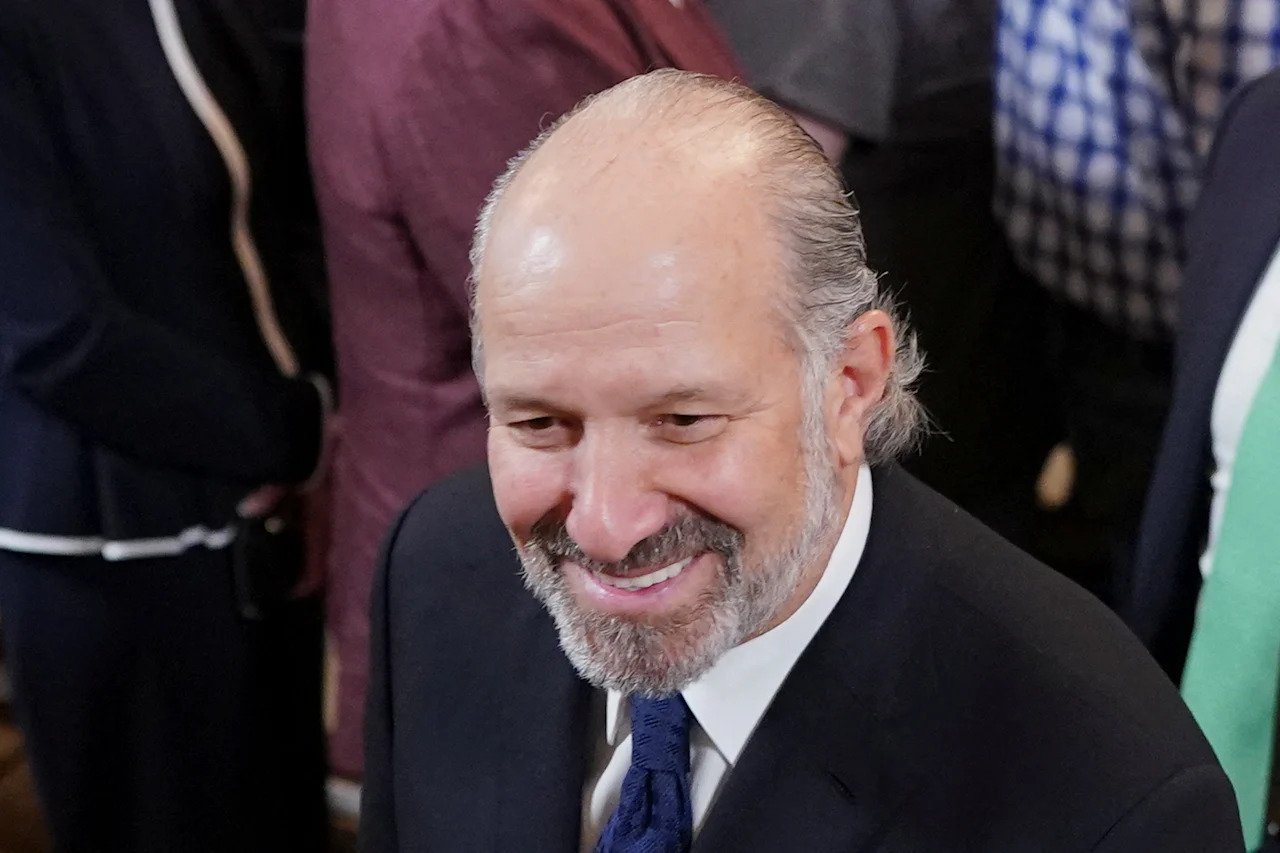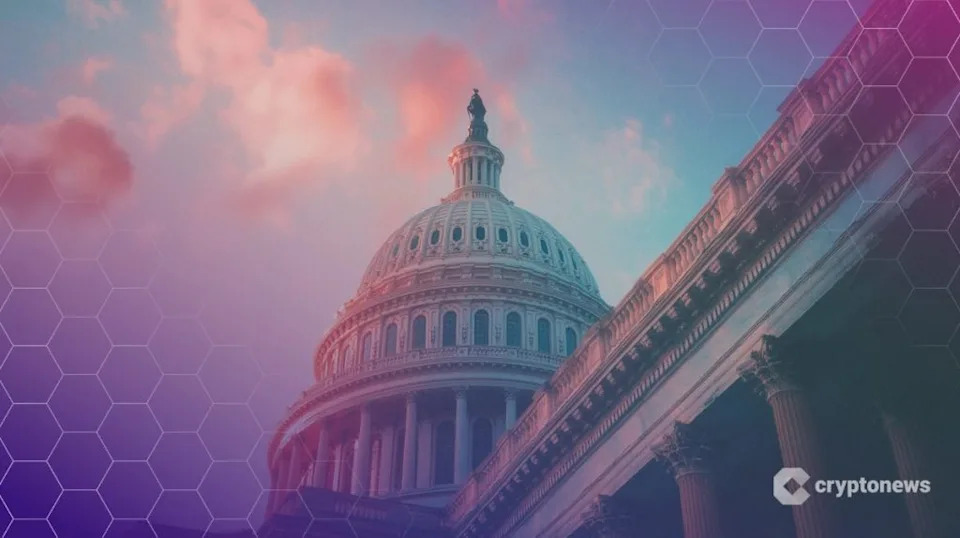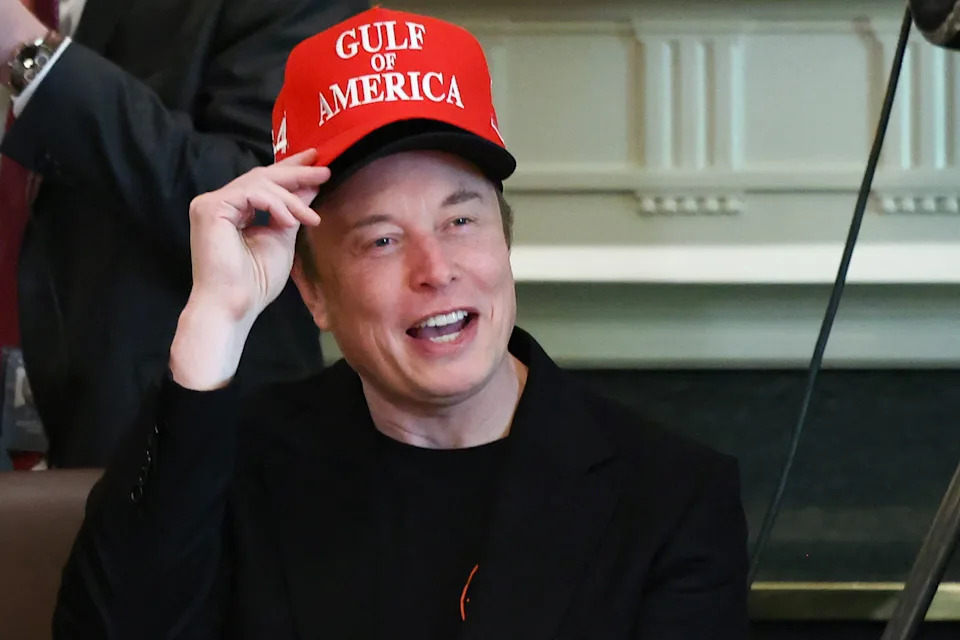
Trump tariffs live updates: Trump set to impose tariffs of up to 70% in letter push as July 9 deadline looms
Key Points
- Deadline Approaching: President Trump's July 9 deadline for imposing higher "reciprocal" tariffs on US trade partners is nearing, with tariff notifications starting to be sent out on Friday and new rates effective from August 1.**
- Tariff Variations: Tariff rates will vary widely, ranging from 10% to 70%, with around 100 trade partners expected to face at least a 10% rate, as stated by Treasury Secretary Scott Bessent.**
- Trade Deals Progress: Only a few trade agreements have been finalized, including a recent deal with Vietnam setting a 20% tariff on imports and a 40% rate on transshipped goods, while negotiations with other partners like Japan and the EU continue.**
- Specific Country Updates: The US has eased export restrictions with China on chip design software and ethane, while talks with Canada resume after scrapping a digital services tax, and Japan faces potential tariffs of 30-35%.**
Summary
As President Trump's July 9 deadline for imposing higher tariffs on US trade partners approaches, notifications of new rates—ranging from 10% to 70%—will be sent starting Friday, effective August 1. Treasury Secretary Scott Bessent anticipates around 100 partners will face at least a 10% rate, with a flurry of deals expected before the deadline. So far, only a few agreements have been secured, including a recent deal with Vietnam setting a 20% tariff on imports and 40% on transshipped goods. Negotiations with China show signs of easing tensions with lifted export restrictions on chip software and ethane. Meanwhile, talks with Japan have soured, with potential tariffs up to 35%, and the EU is open to a 10% tariff with exemptions. Canada has resumed discussions after scrapping a digital services tax. Trump's tariff strategy aims to bolster Treasury funds amid concerns over national debt, following a $3.4 trillion tax cut and spending package. With the clock ticking, Commerce Secretary Howard Lutnick and others face pressure to finalize more pacts, as the global economy seeks clarity on Washington's trade policies.
yahoo
July 6, 2025
Stocks


